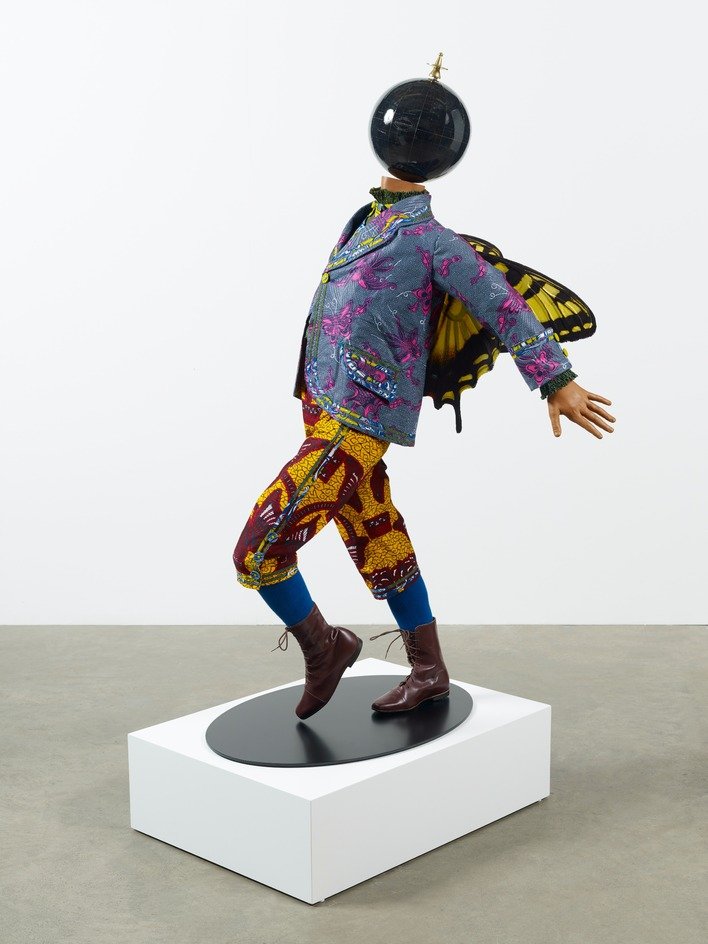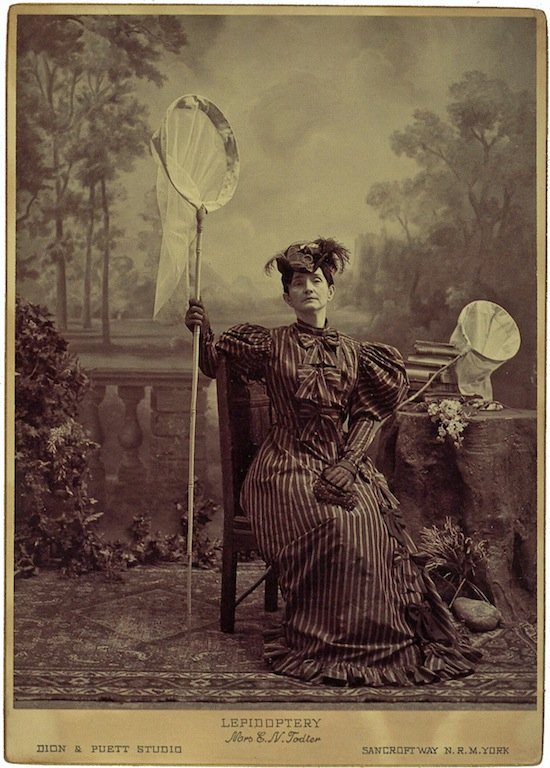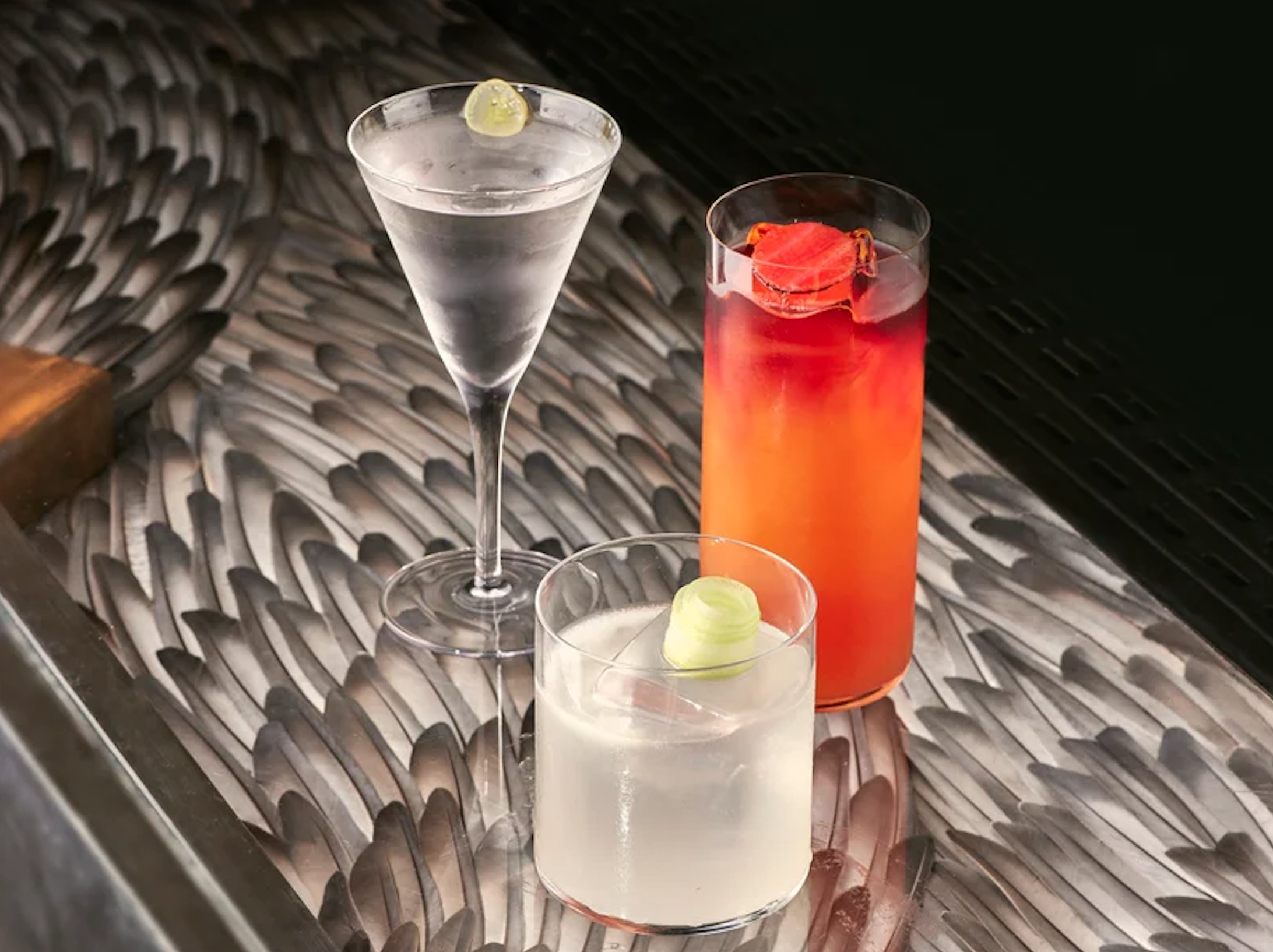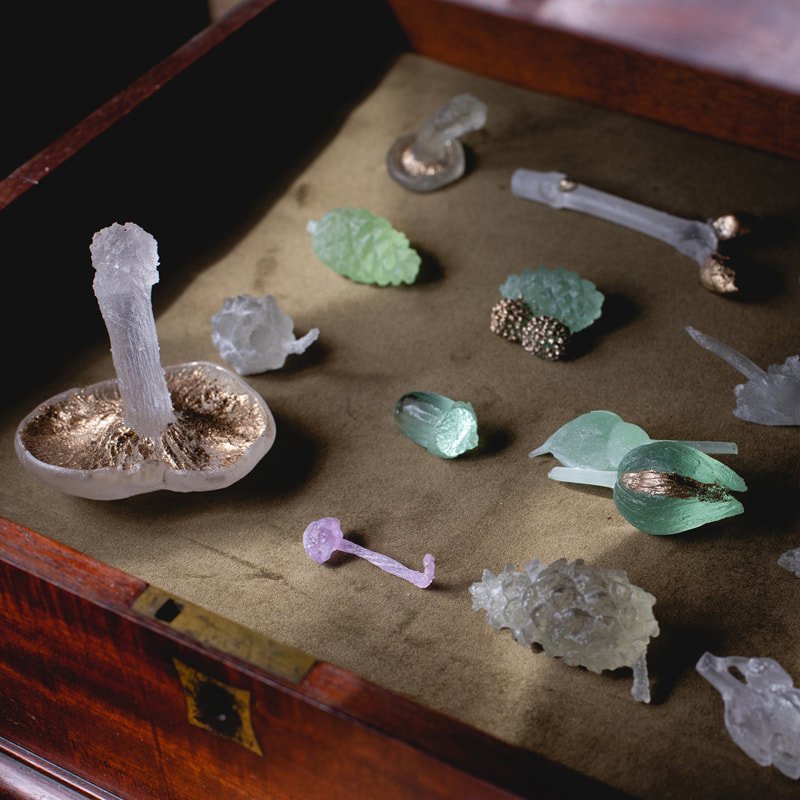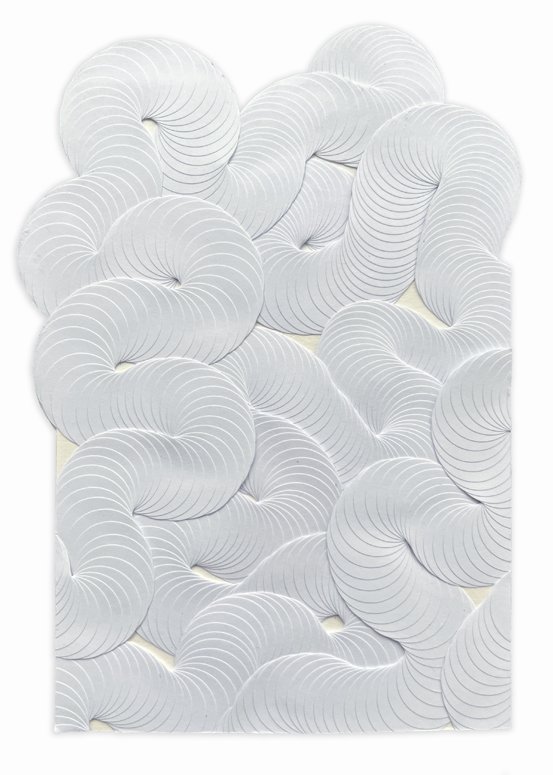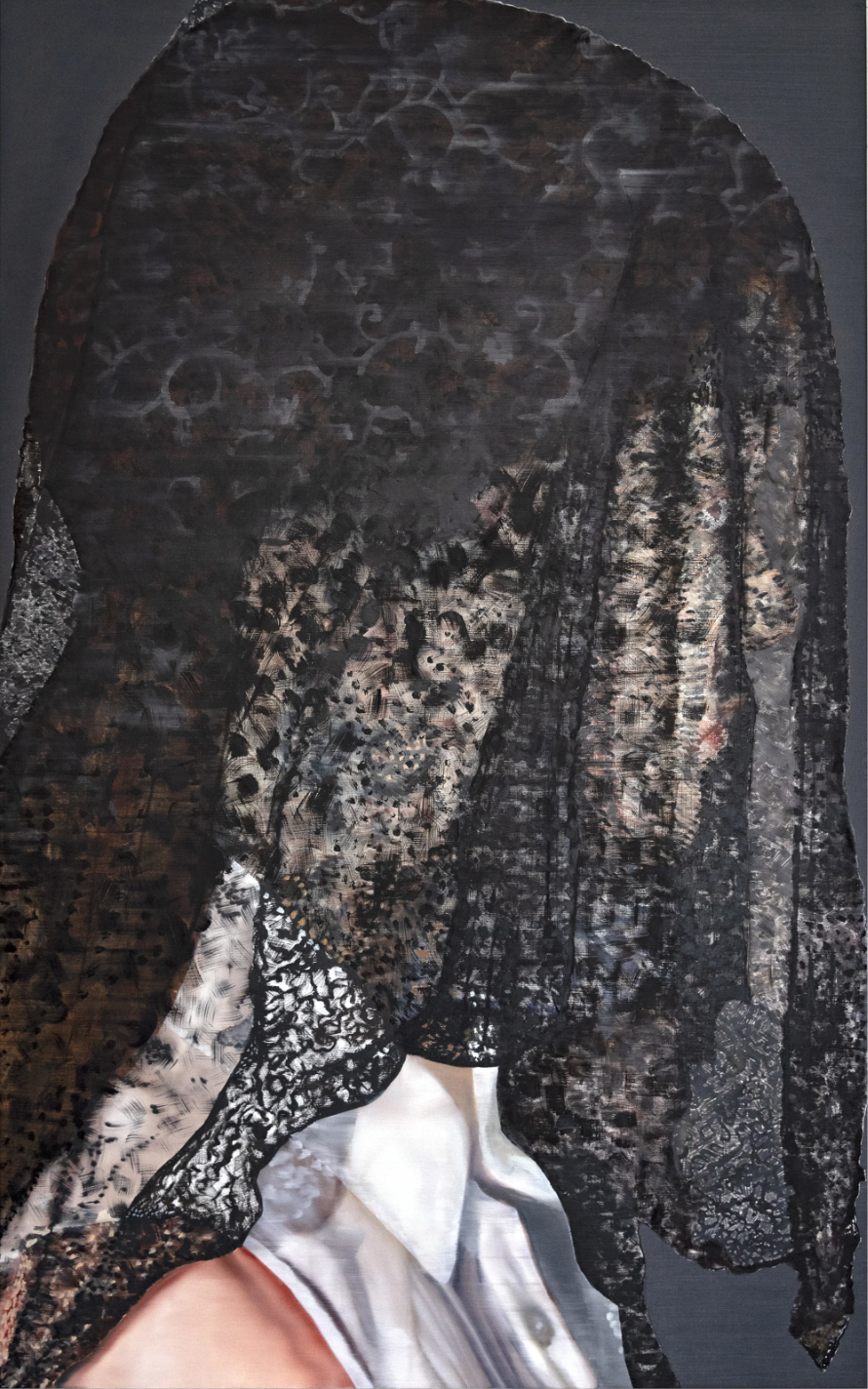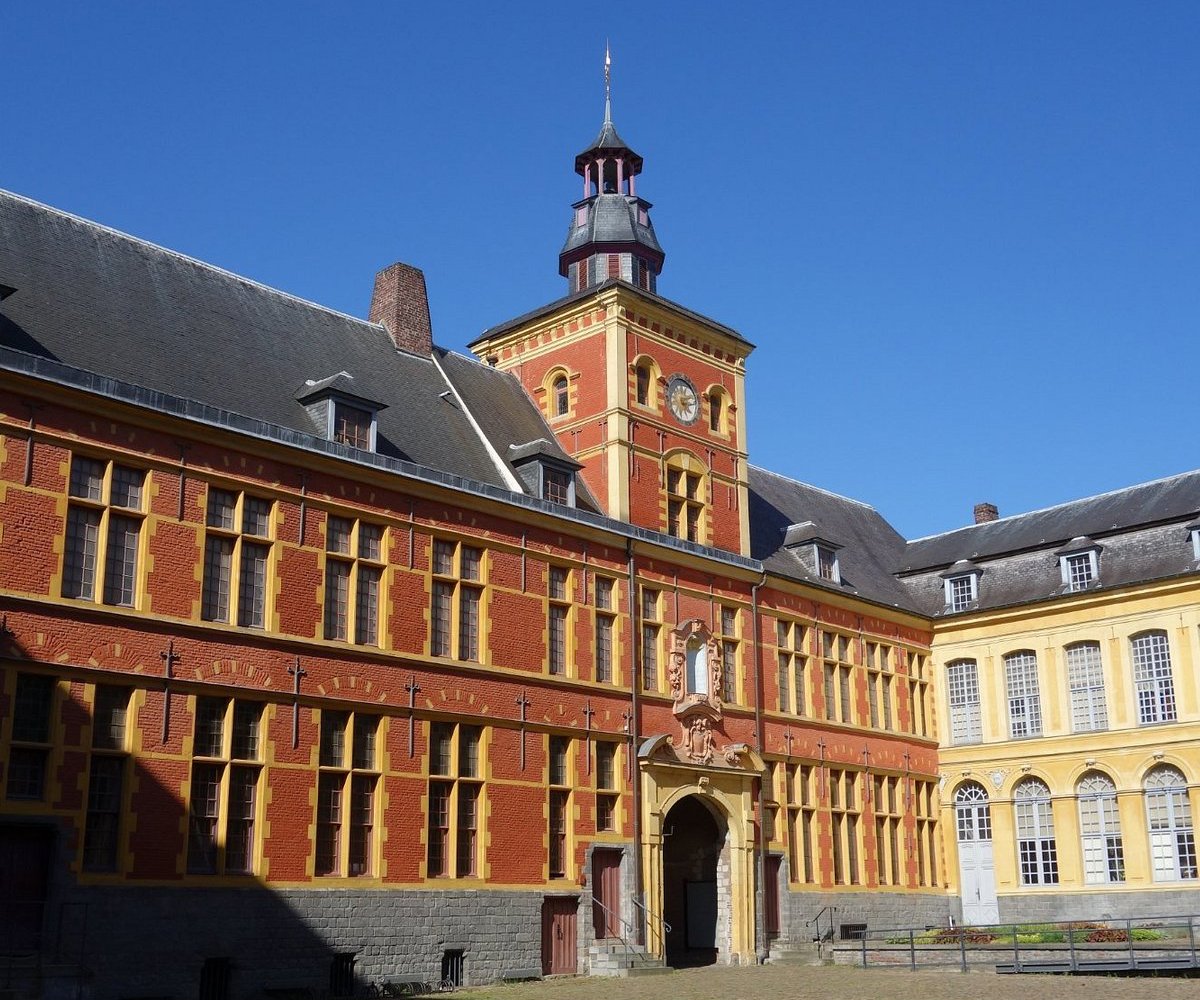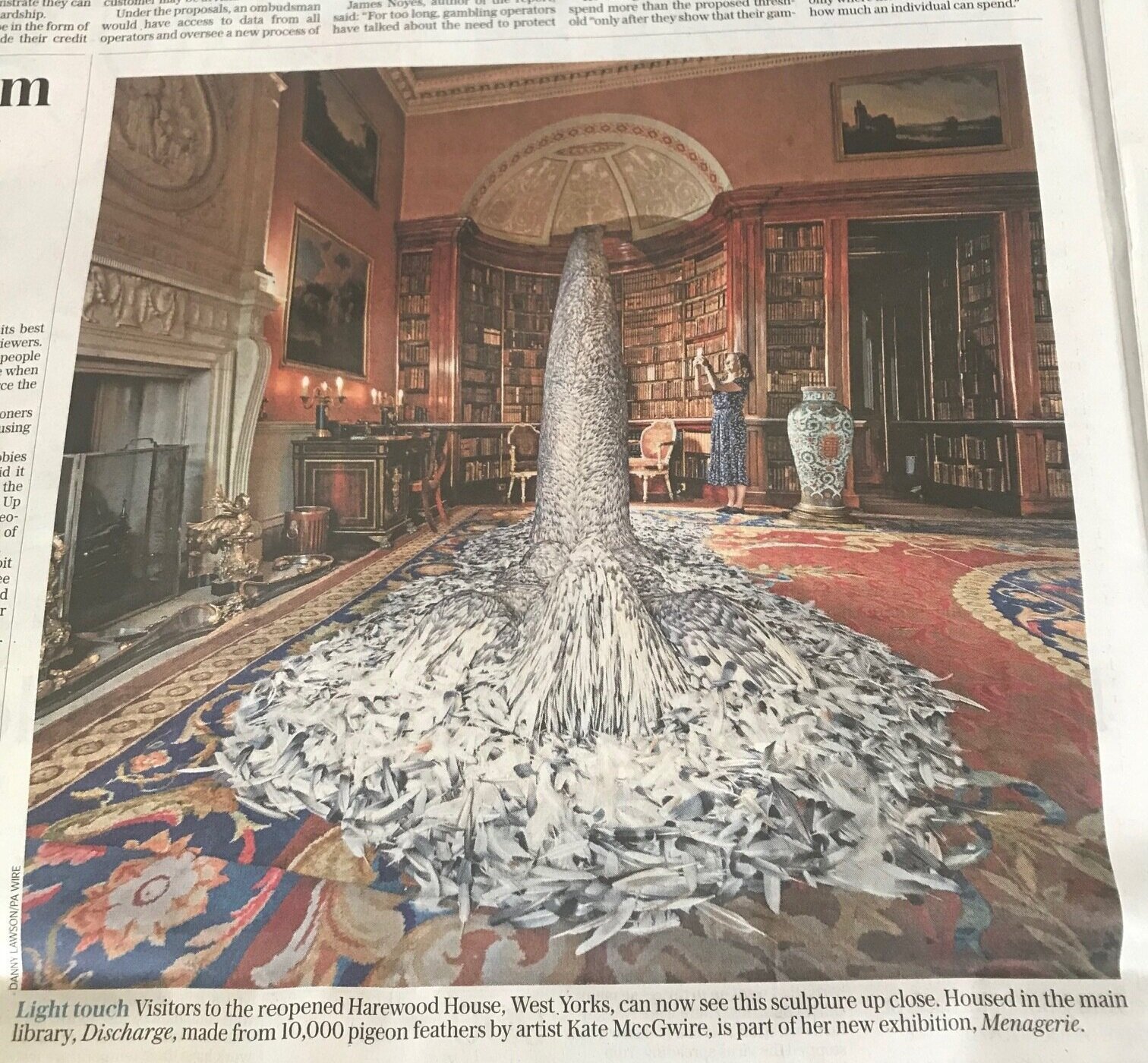SEEING RED | PHILLIPS
16 - 24 March 2024
I am thrilled to share that new works FLICK, SLY, WHIP and SIMMER will be included in the upcoming exhibition SEEING RED, presented by PhillipsX. This exhibition, curated by Jane Neal and Fru Tholstrup, celebrates the diverse interpretations of the colour red by established and emerging artists alike.
SEEING RED offers an immersive experience, inviting visitors to reflect on the profound significance of this bold and evocative hue. From its cultural symbolism to its emotive power, the colour red has played a significant role throughout history, symbolising luck, joy, passion, danger, and love. It is a colour deeply rooted in spiritual rituals and adorned in art, carrying rich cultural and emotional importance.
I am particularly excited to explore the theme of 'Seeing Red' by incorporating forged metal and hand-sititched leather into my work, something I’ve been interested in doing for a long time. This opportunity allowed me to venture out of my studio and into the forge, where I was inspired to merge the rich red leather, dyed and hand-stitched using traditional techniques, with forged iron.
The exhibition will feature over 70 works by 40 esteemed artists, each contributing their unique perspective on 'Seeing Red'. Join me and a remarkable line up of artists including Marina Abramović, Charlotte Colbert, Maryam Eisler, Laura Ford, Carolina Mazzolari, Justin Mortimer and many more, as we celebrate the complexities of SEEING RED at Phillips London.
SEEING RED
Phillips | London
16 - 24 March 2024















